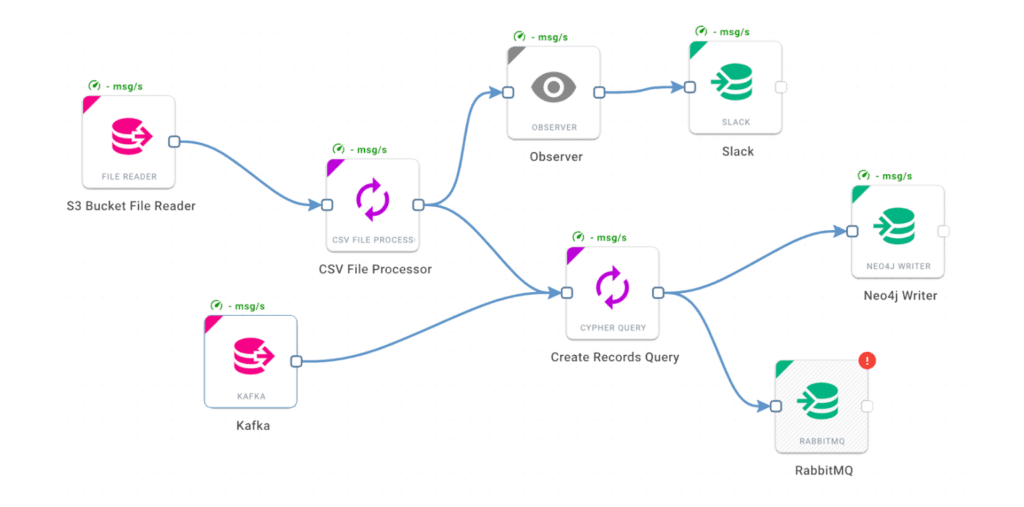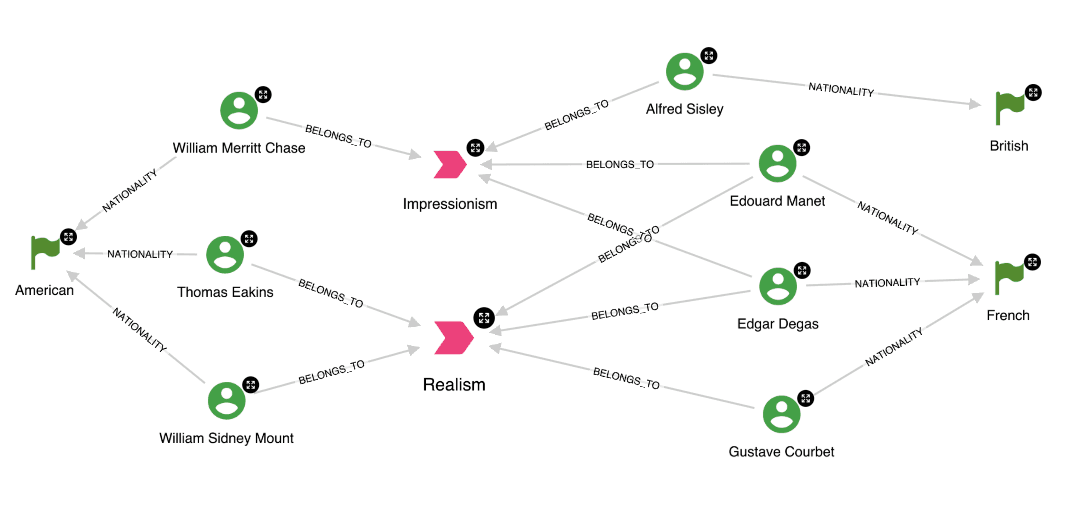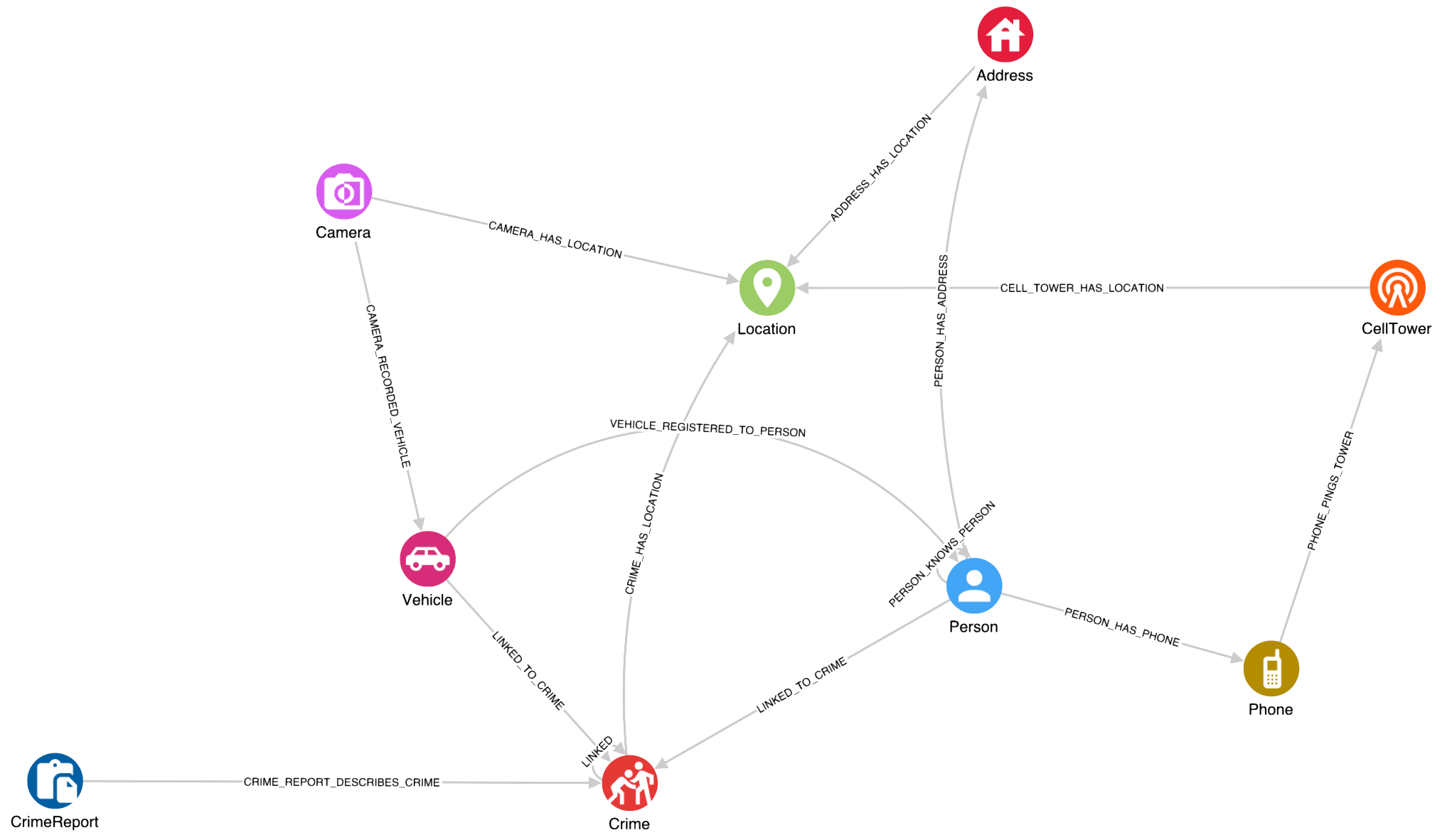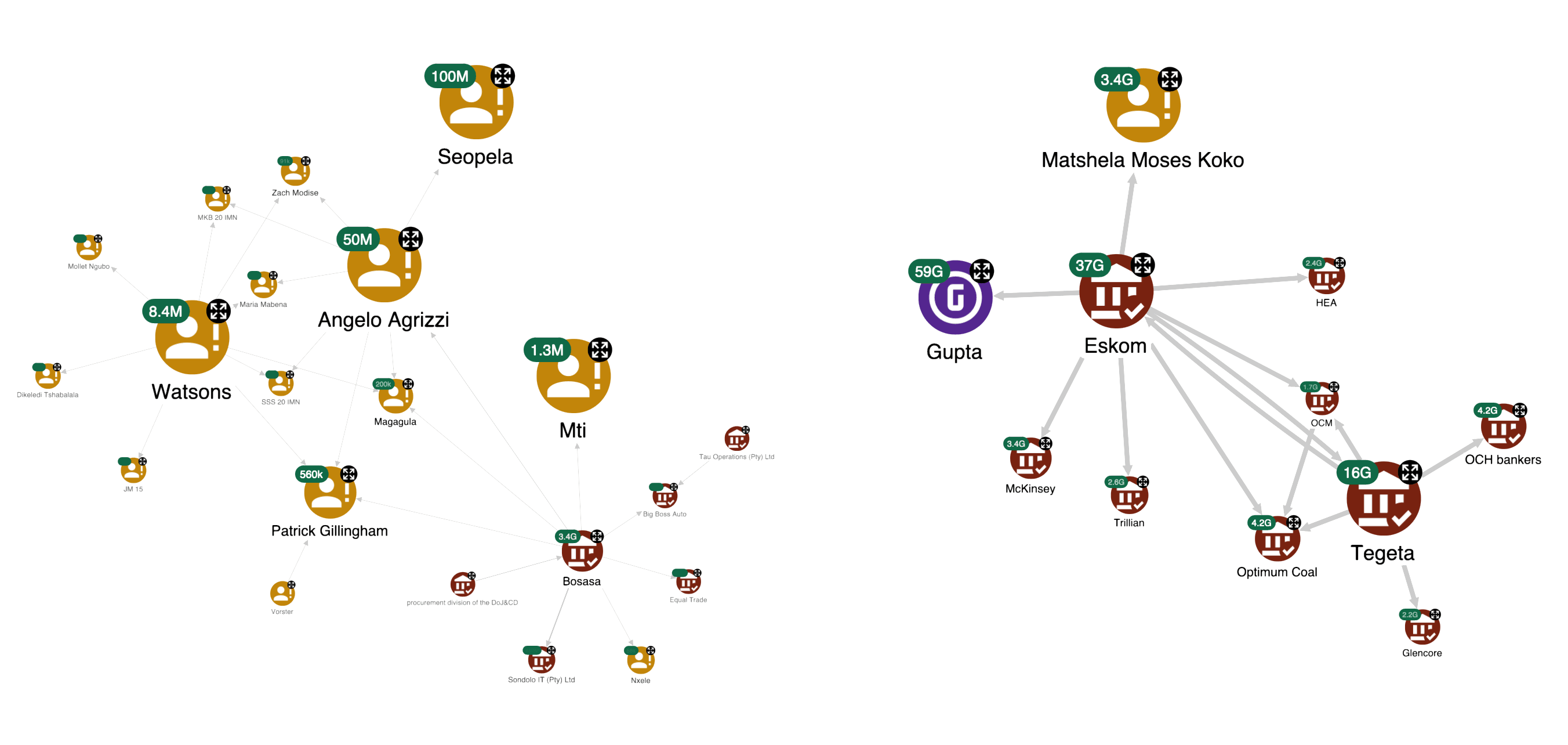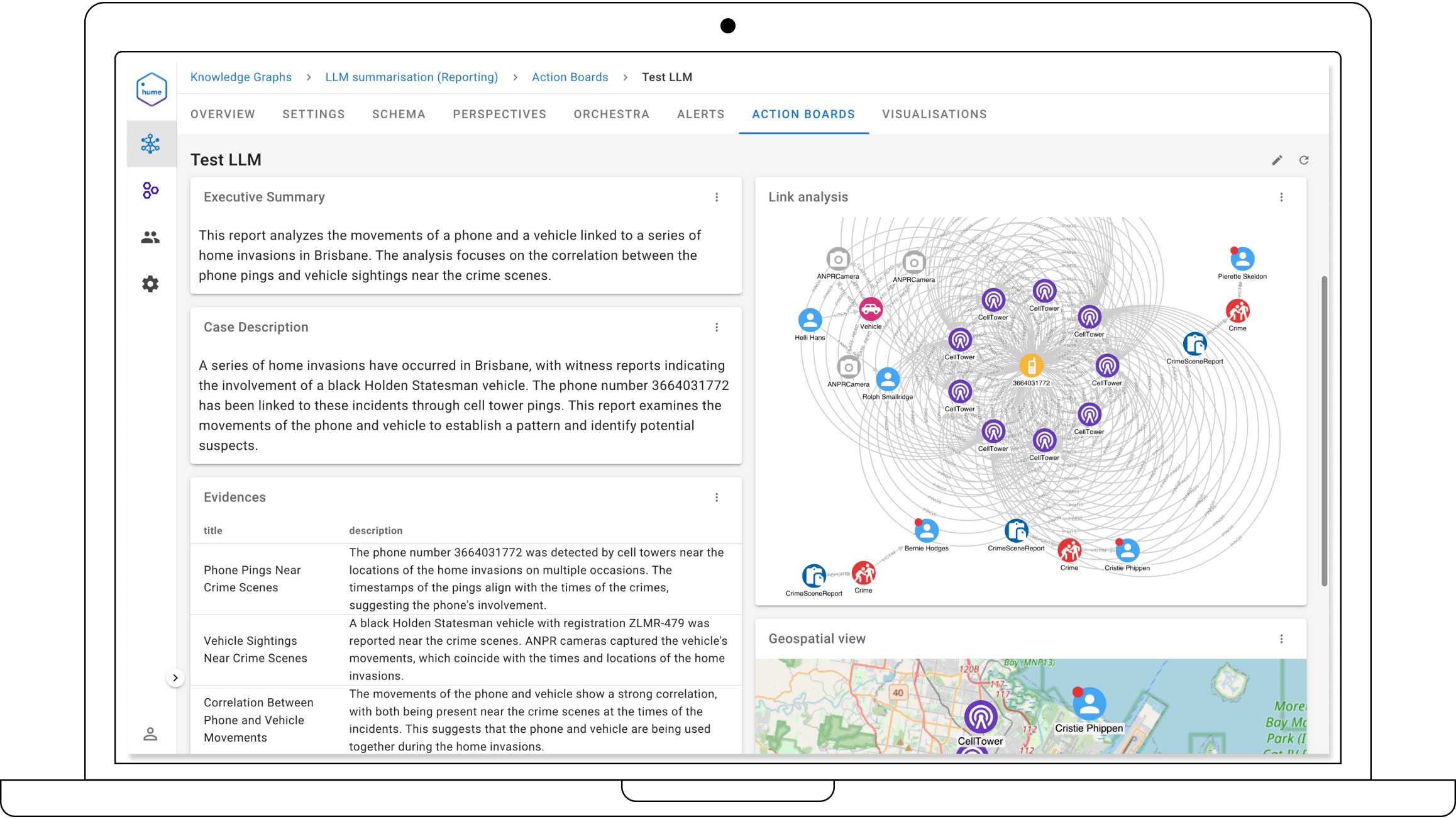Intelligence analysis software has revolutionized how crime analysts and law enforcement professionals approach complex investigations. The shift from traditional, table-based analytical methods to graph-native solutions represents more than just a technological upgrade – it’s a fundamental transformation in investigative capability.
GraphAware’s connected data analytics solution exemplifies the next generation of intelligence analysis software. With platforms like Hume and innovative tools like Maestro, GraphAware provides law enforcement agencies with the advanced capabilities needed to address today’s complex security challenges. Their graph-native approach eliminates the limitations of traditional systems while providing intuitive interfaces that make powerful analysis accessible to analysts at all skill levels.
For crime analysts considering intelligence analysis software, the evidence is clear: graph-native solutions offer superior performance, unlimited analytical depth, and more intuitive workflows compared to traditional alternatives. The investment in modern intelligence analysis software pays dividends through faster case resolution, improved investigative outcomes, and enhanced organizational intelligence capabilities.
As criminal networks become increasingly sophisticated and data volumes continue to grow, the importance of advanced intelligence analysis software will only increase. Organizations that embrace these technologies today will be better positioned to address tomorrow’s security challenges.
Ready to transform your investigative capabilities with cutting-edge intelligence analysis software?

